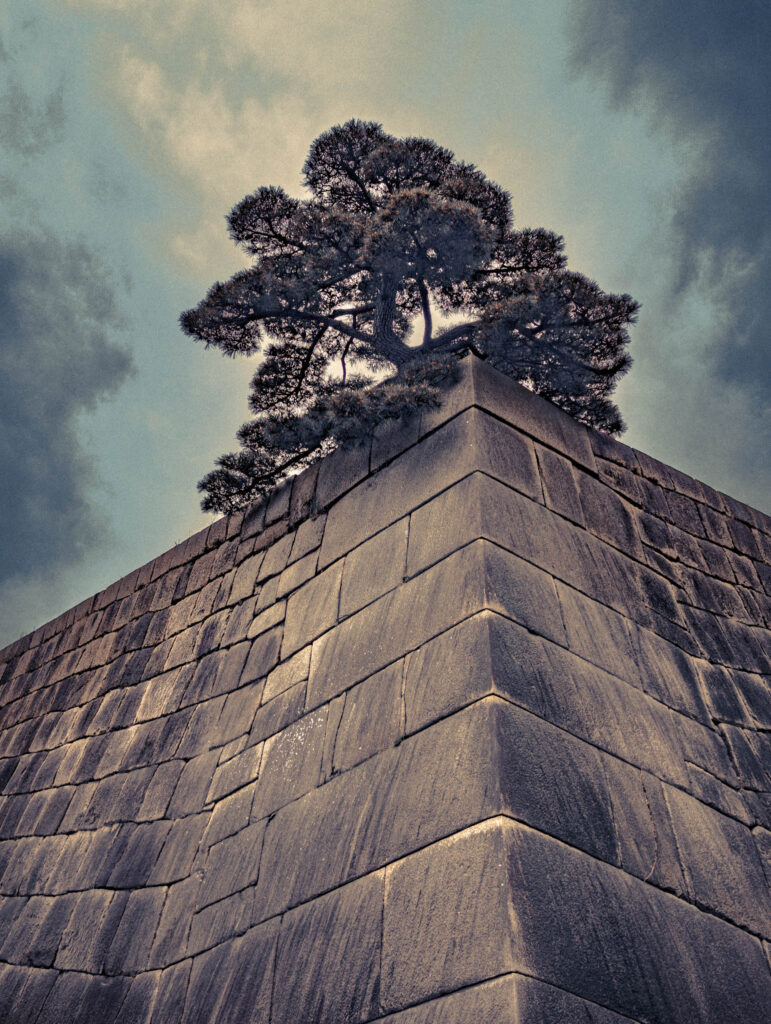
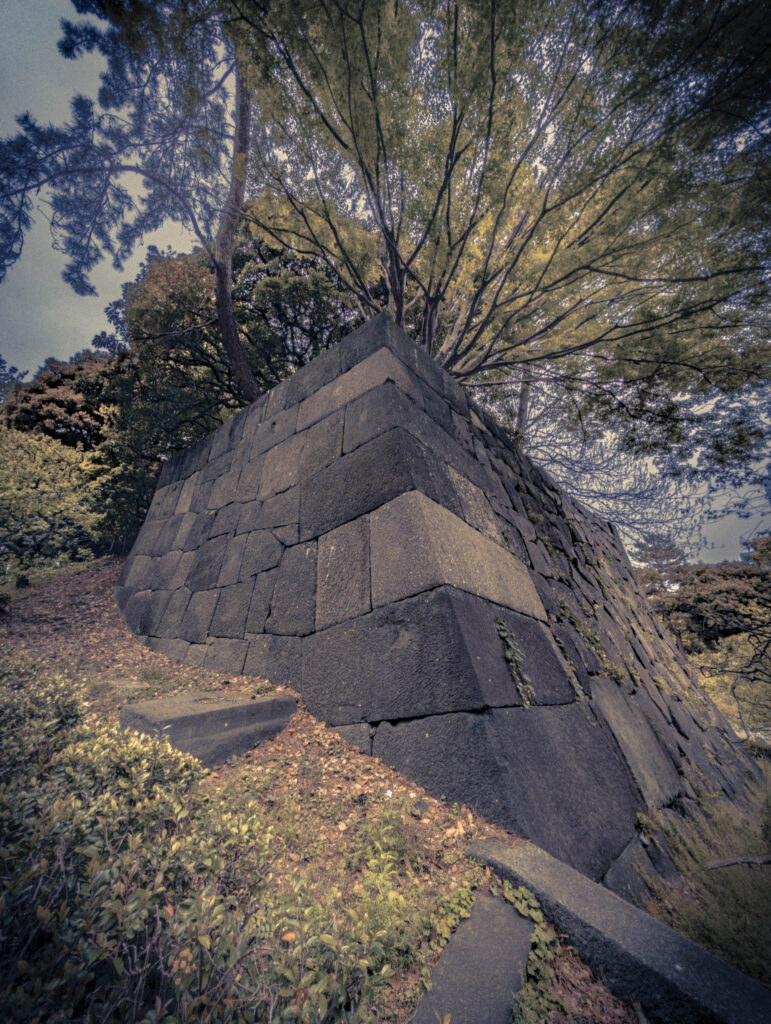
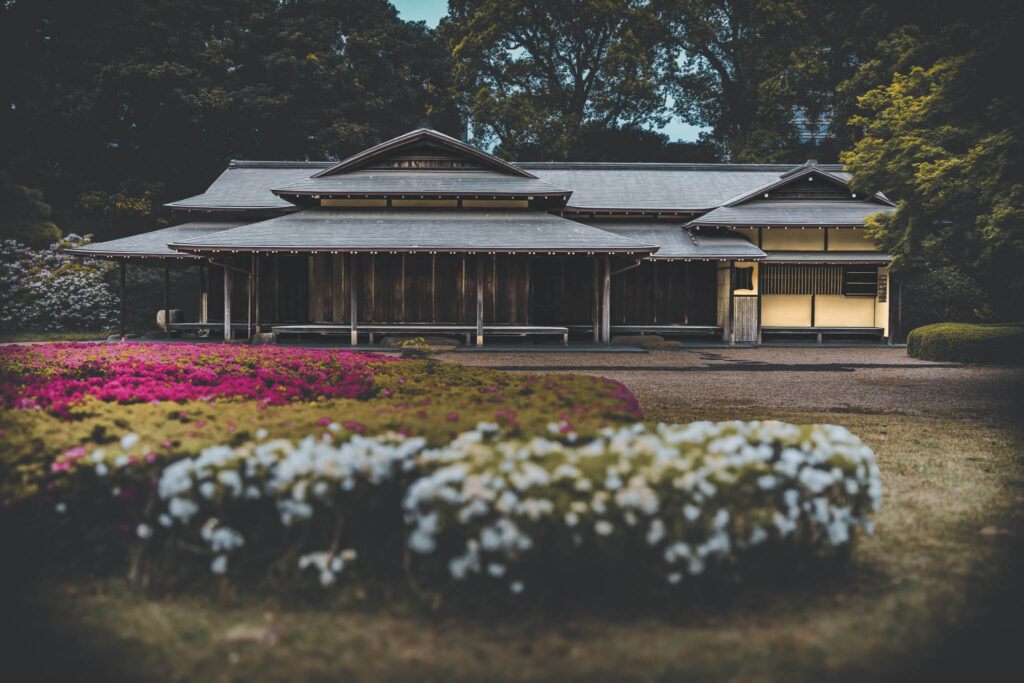
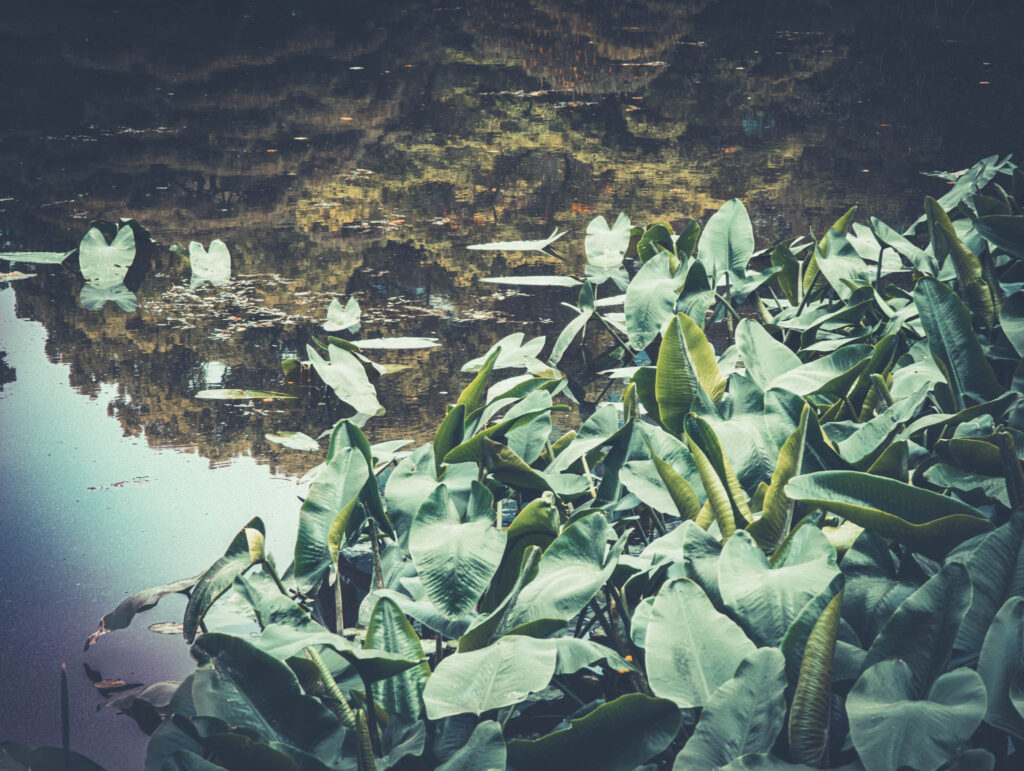
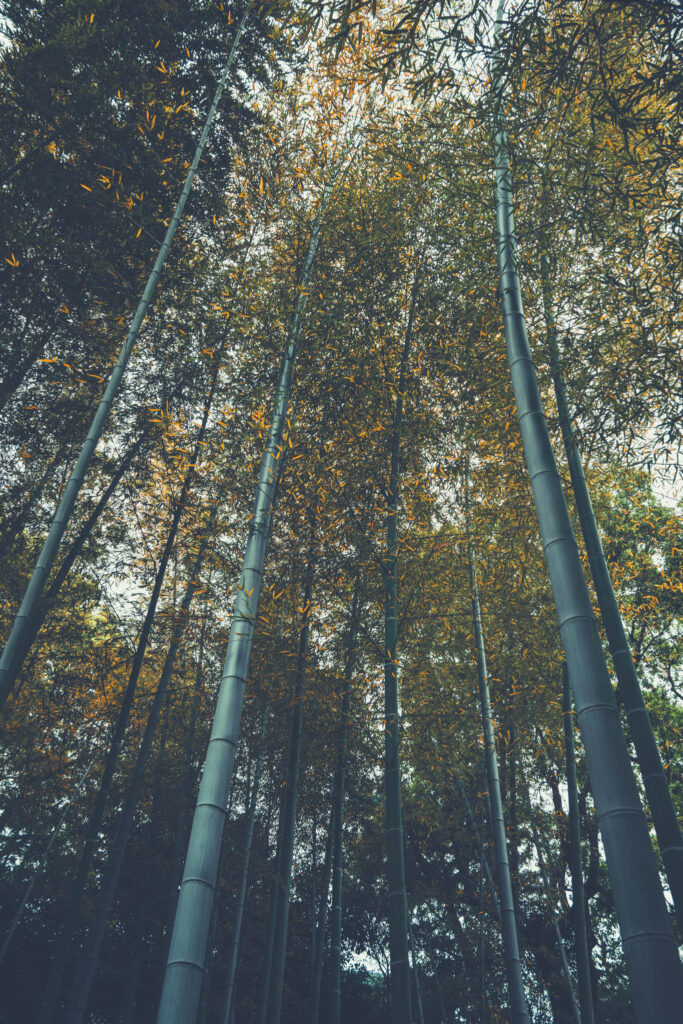
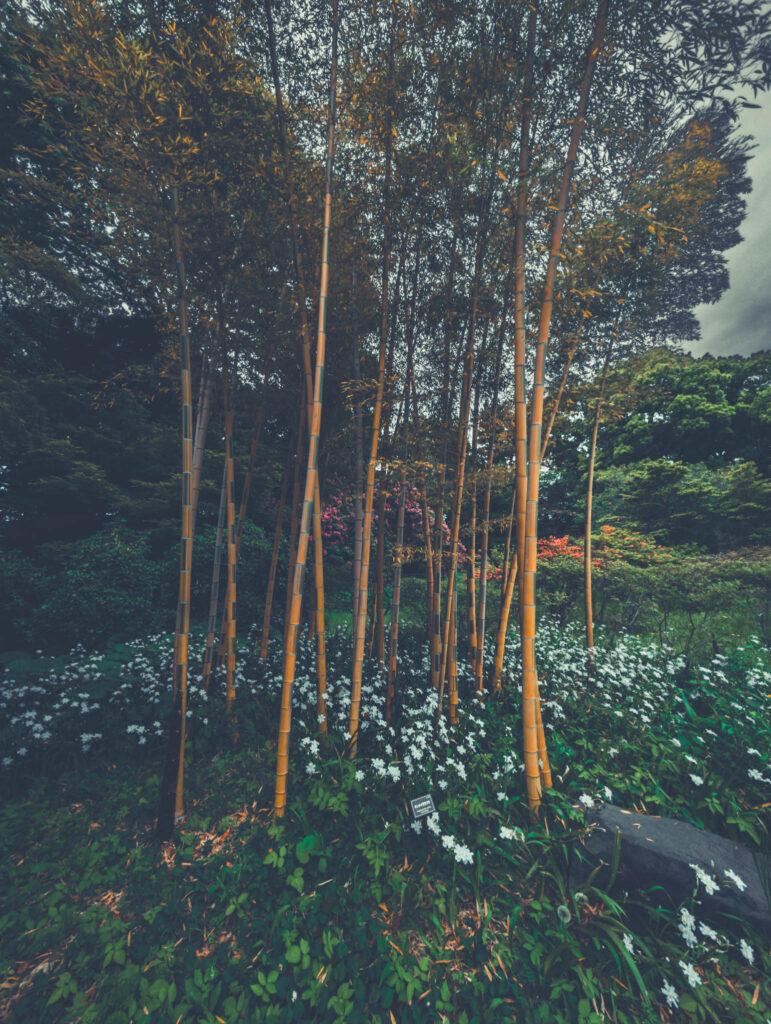
Quite a few people seem to really dislike Tokyo. “You need to get out of there, go to one of the really special Japanese places.” “Nothing to see there, take the bullet train to [anywhere else in Japan].” “No historic stuff, place was flattened during WW2.” “Just another big, ugly, crowded, concrete city, could be anyplace.”
I actually can’t reconcile sentiments like that with my current or previous experiences in Tokyo. These things don’t seem to be remotely true. Am I perceiving in Tokyo something that these acquaintances (some of whom I would normally regard as relatively insightful individuals) do not? Or is it the other way around?
Personally, I rate cities (as well as countries, buildings, civilizations, etc.) by the quality of their ghosts. And cities are haunted by their past versions.

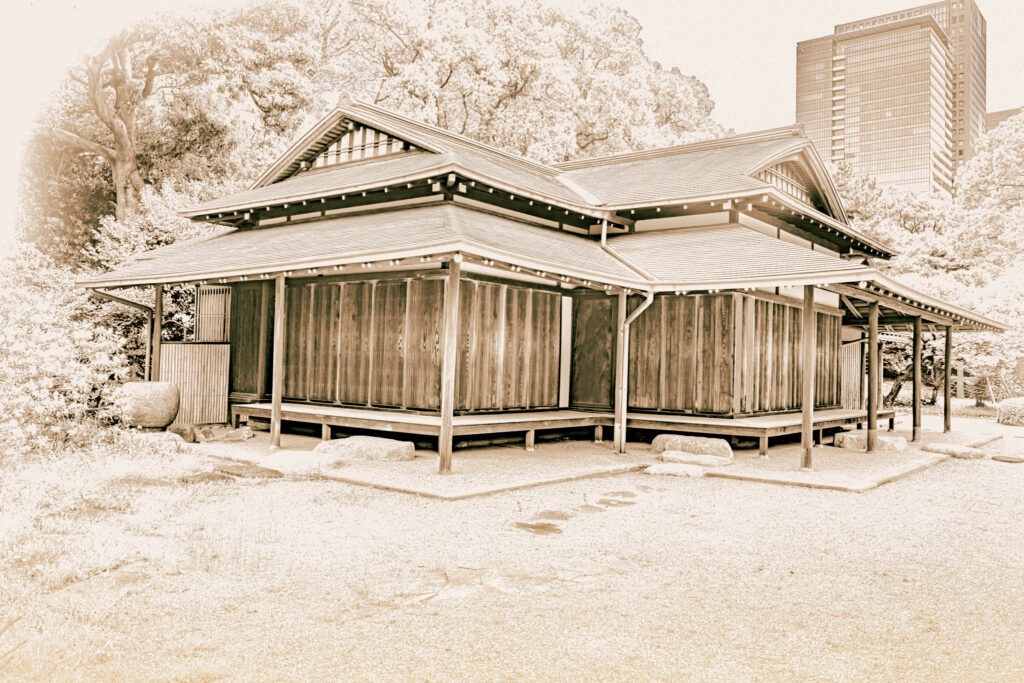
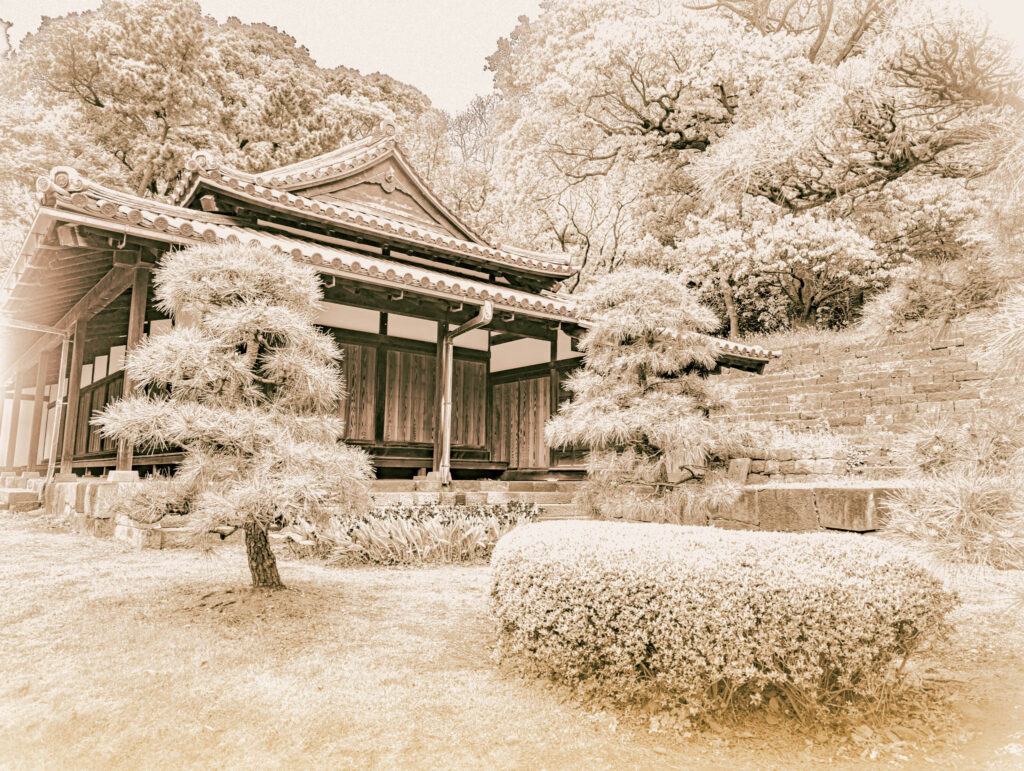
Tokyo has at least two ghosts…the Meiji capital, being the first. It was crippled by the Great Kanto Earthquake of ‘23, and then the U.S. Army Air Force finished it off with cluster bombs and napalm in 1945. But even before that was Edo, the city of the Shogun, which was systematically erased by the “restored” Imperial government as it found its footing after 1868. The Shogun’s city itself constantly cycled between destruction and restoration over the course of Tokugawa rule with the recurrent fiery catastrophes referred to “Edo Blooms”.
Plenty of ghosts. You only have to know how to look for them.
I was thinking of this that as I photographed details of the tiled hongawara roofs (I don’t think they are sangawara, but I am still vague on the distinctions) of the few preserved Edo-era utilitarian buildings in the Imperial Palace East Gardens. The round gaitou end tiles are often marked, like the ridge finials above them, with the “triple hollyhock” kamon of the Tokugawa clan, but sometimes on the same roof others bear the Emperor’s chrysanthemum, or the triple-comma spiral of the mitsudomoe — a symbol of water and thus a charm against flames.
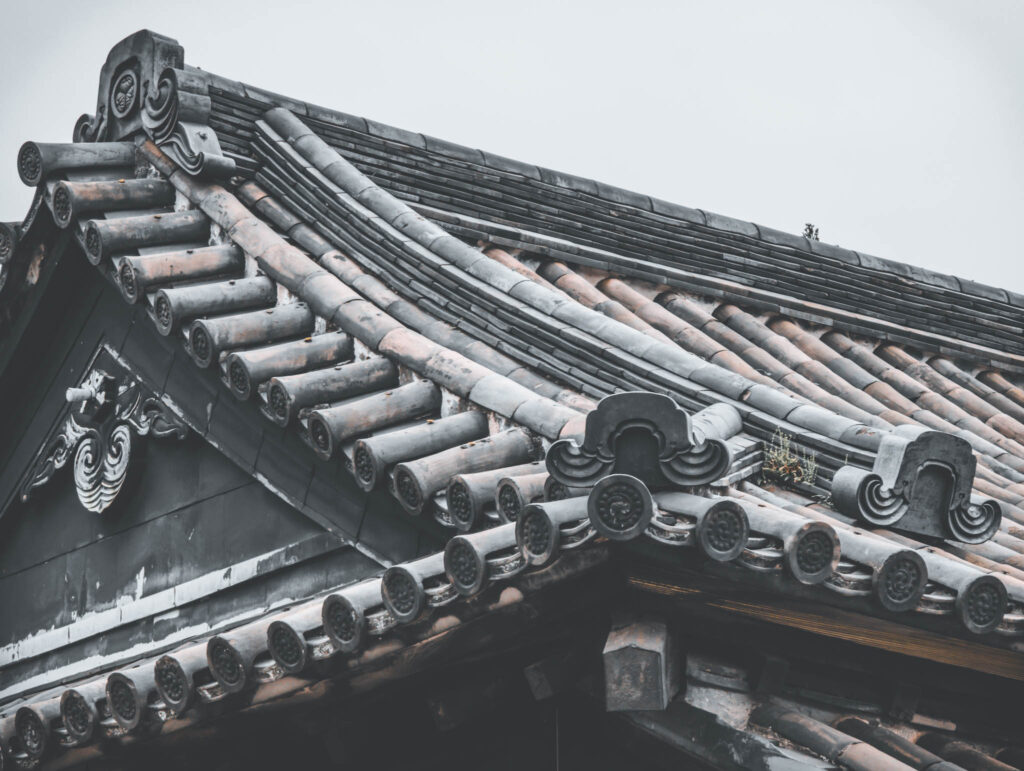
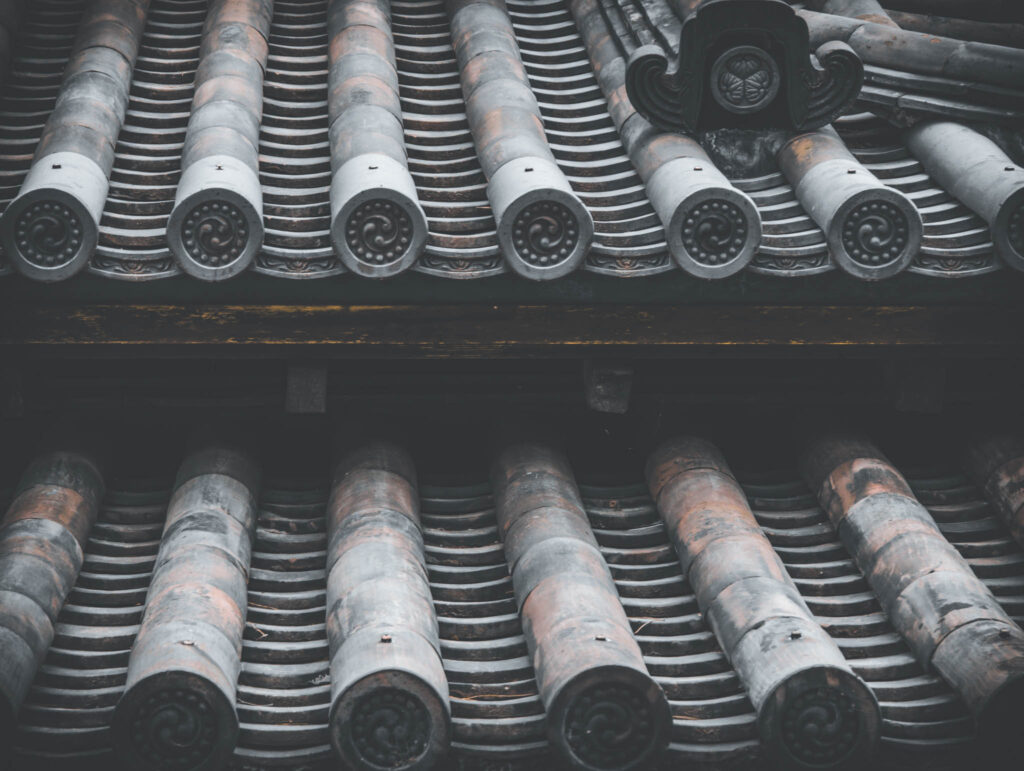

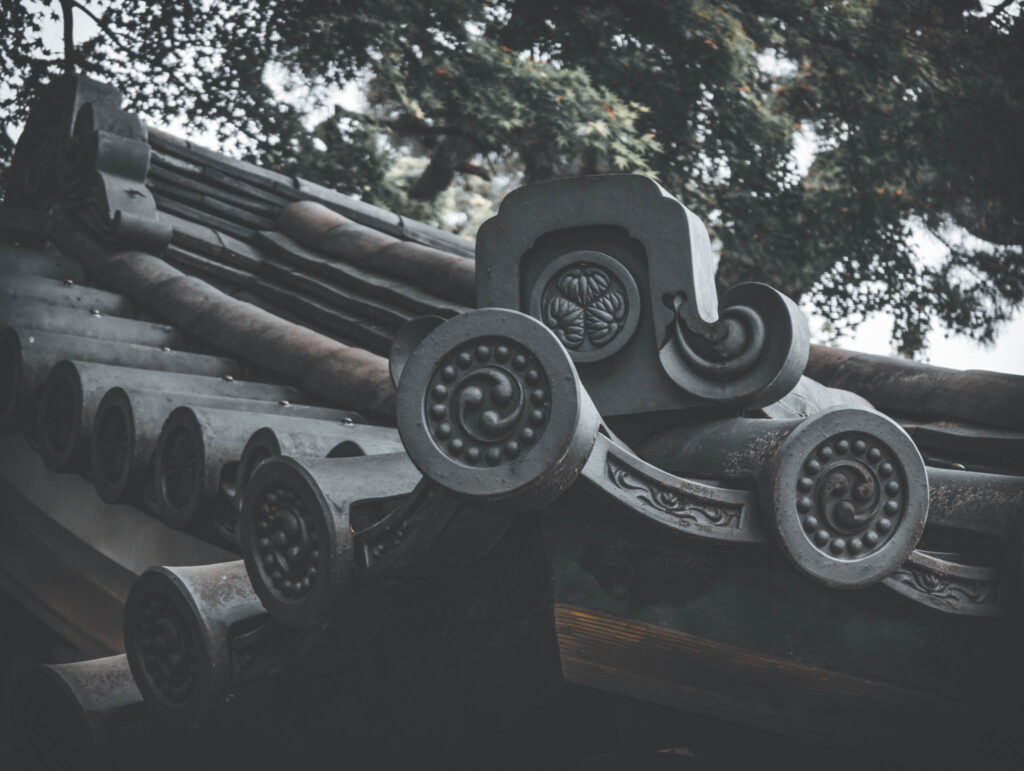
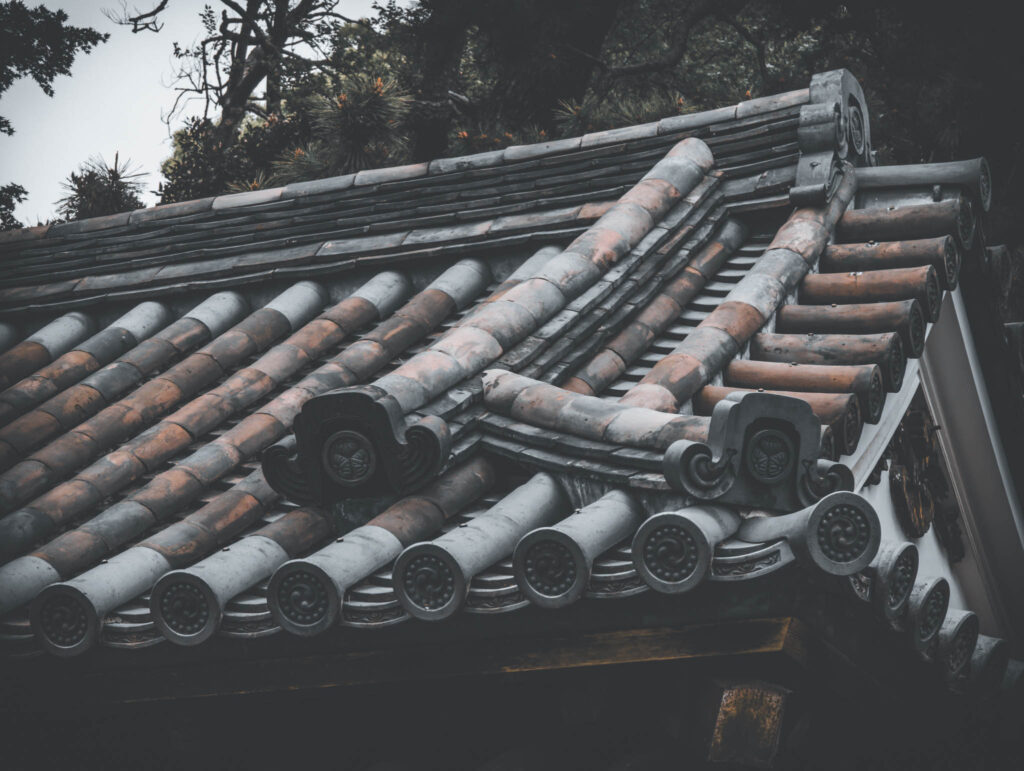
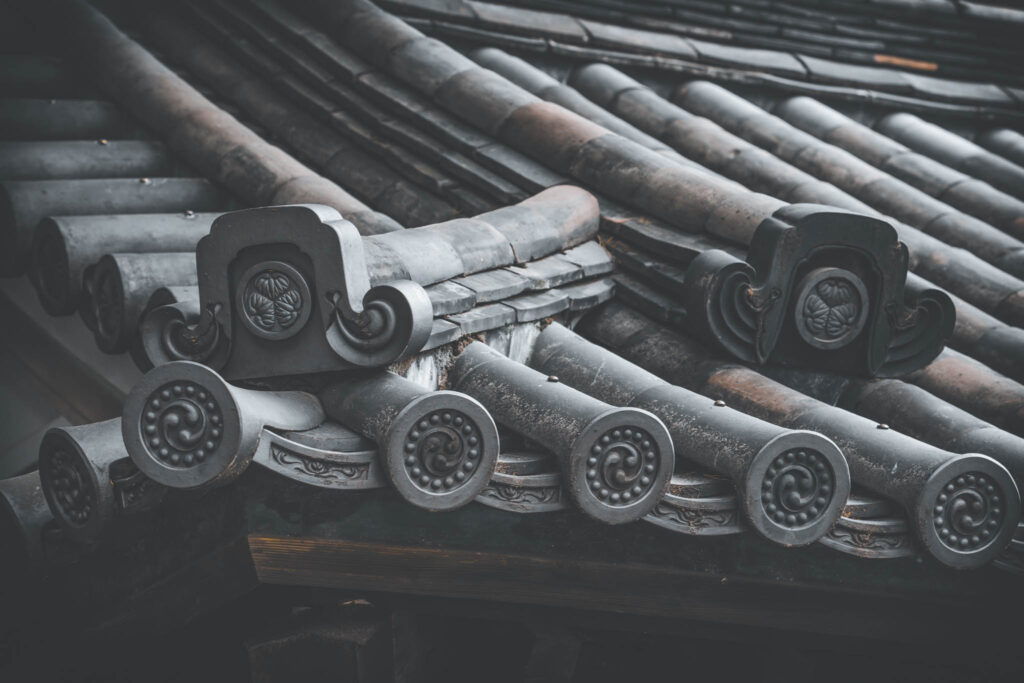
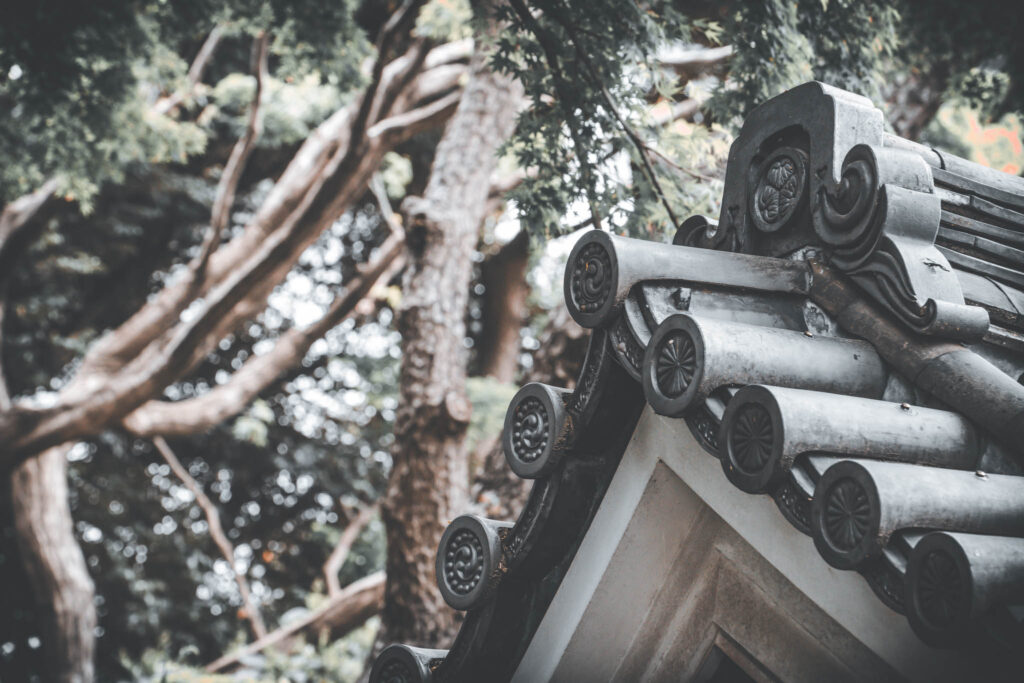
And a single pine grows on the corner of the elegantly battered foundation of the tenshudai of Edo Castle, left unfinished by the fourth shogun after the earlier keep was destroyed in the Great Fire of Meiriki in 1657.
My grandfather, who seems to have visited Japan in the Seventies or earlier judging by the coins I found in an old candy jar he kept in his office, built an elaborate koi pond for himself in his retirement. Perhaps he was inspired by his travels. A short wooden pier with a bench at the end swept out into the middle of the water, and every afternoon he would go to the end of the pier and stamp his foot twice on the decking. The water around the pier would colorfully boil with the hungry fish, excited for their daily food pellets. Of course, as bright and big as I remember them, these were not as elegant a type of carp as the Emperor’s special hirenaga nishikigoi in Ninomaru Pond in the East Gardens.
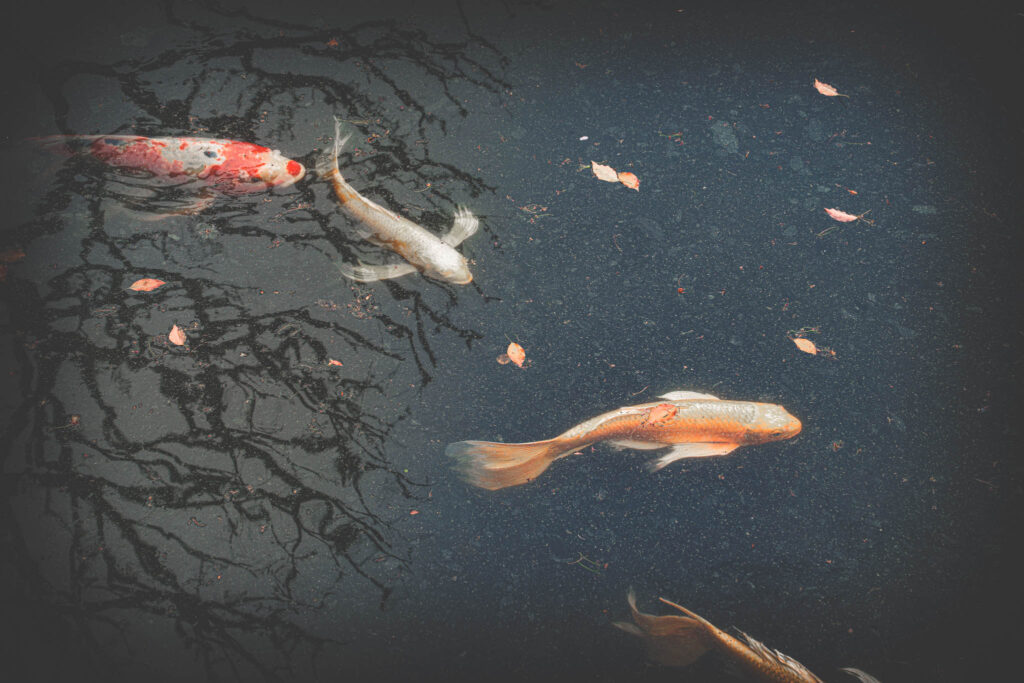
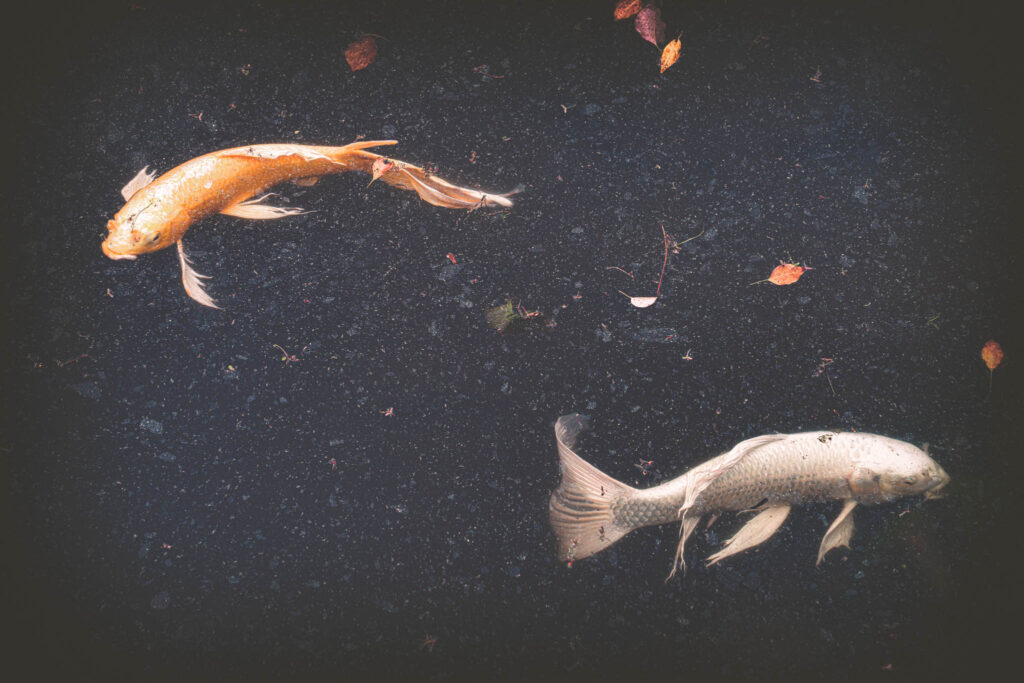
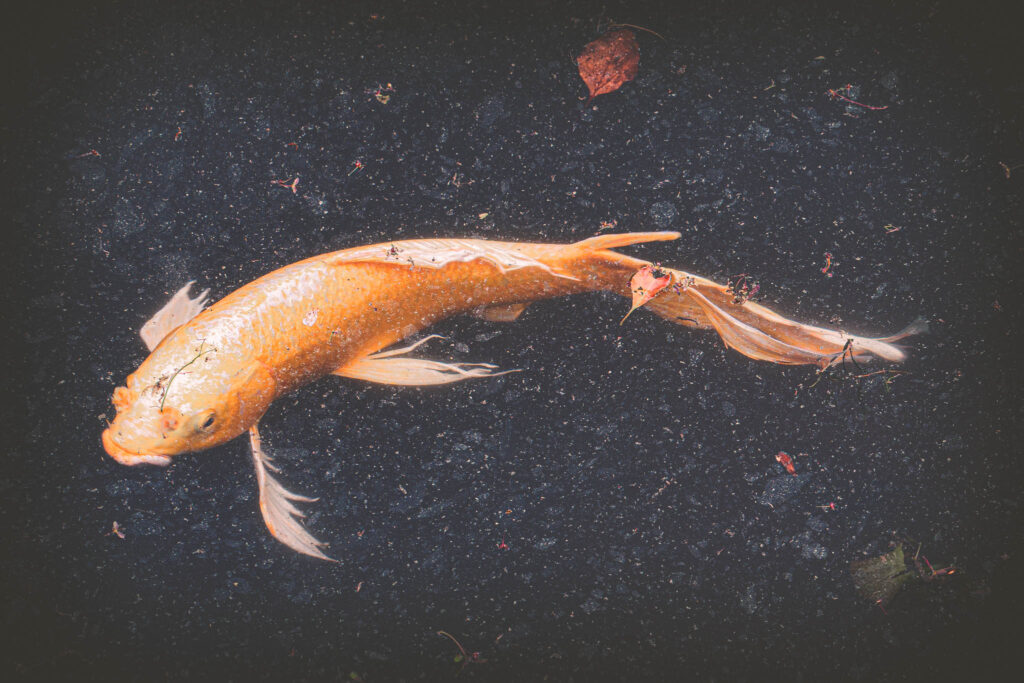
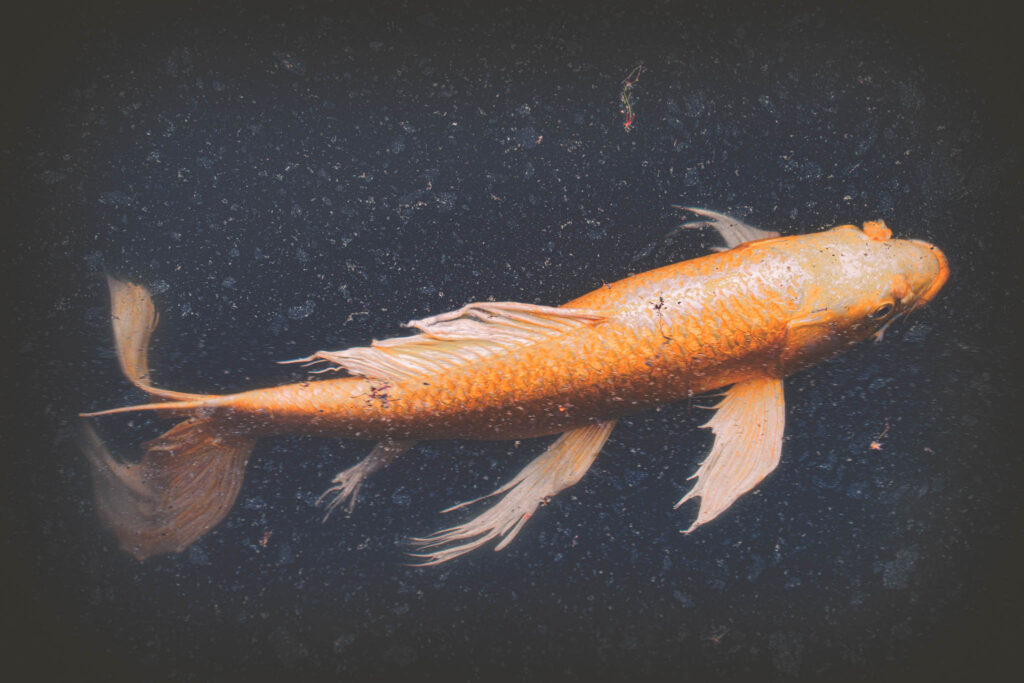
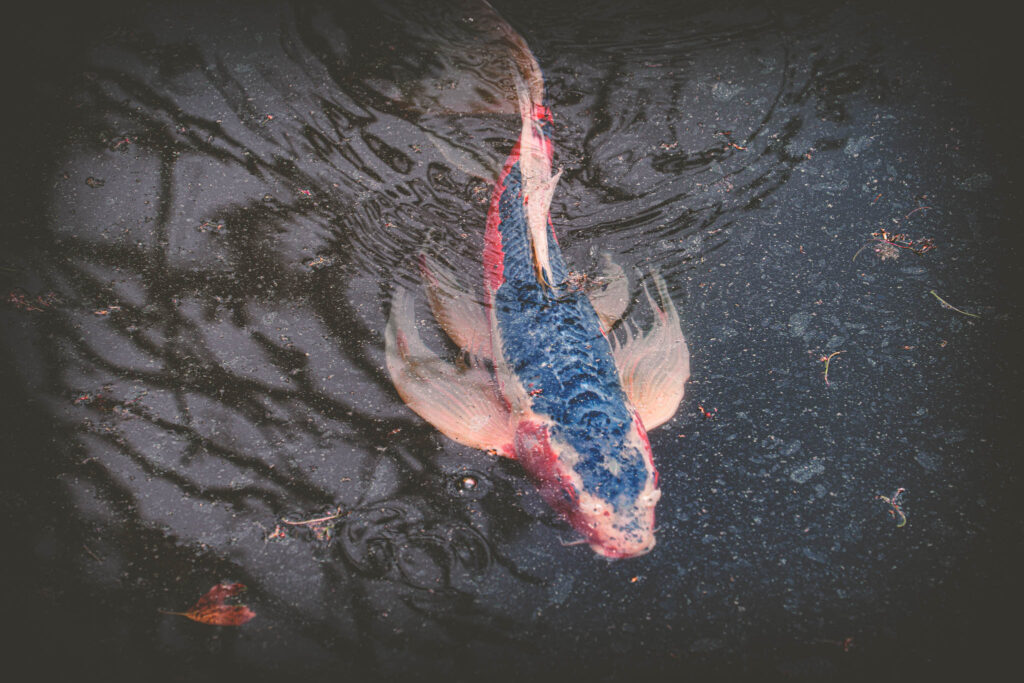
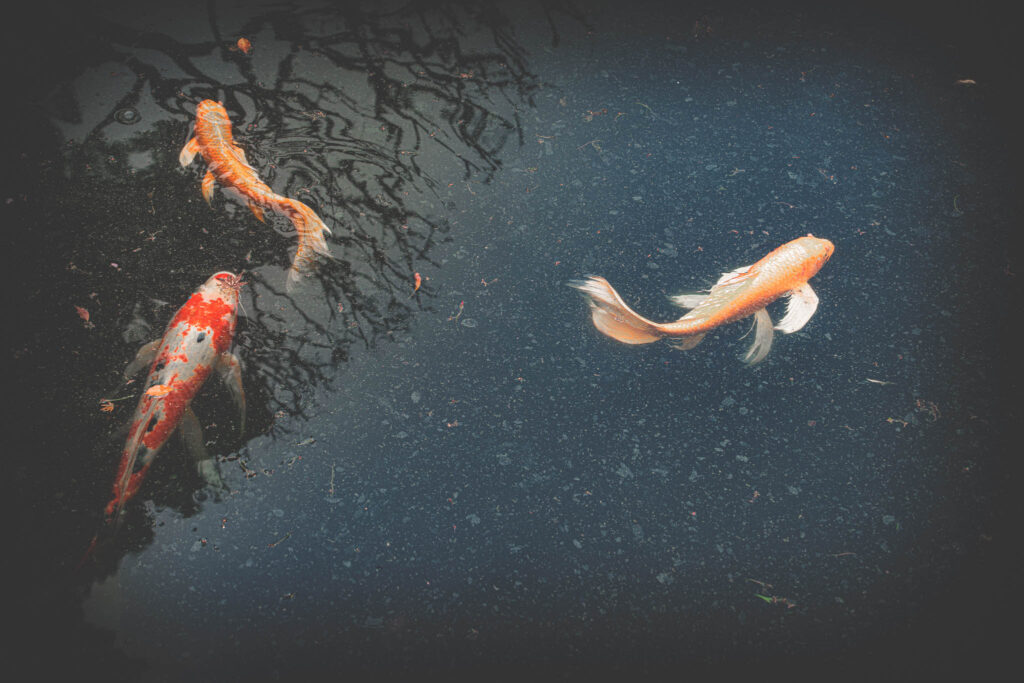
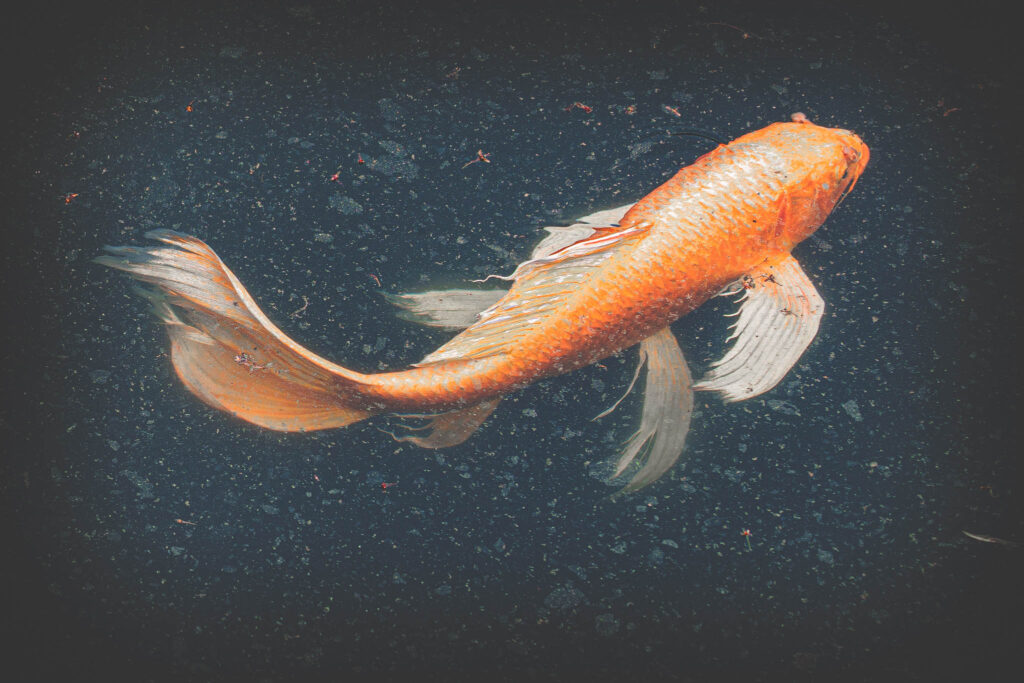
(Incidentally, my mother once told me that a decade after my grandfather’s death, she had occasion to visit his old property, which was not particularly well-maintained by the absentee owners who had purchased it from his estate. On a whim she walked out to the now weed-choked pond, gingerly made her way to the end of the decaying pier, and stamped her foot twice. The murky green water immediately boiled with the bright colors of the koi, still waiting for my grandfather. Some ghosts we carry with us.)
Leave a Reply